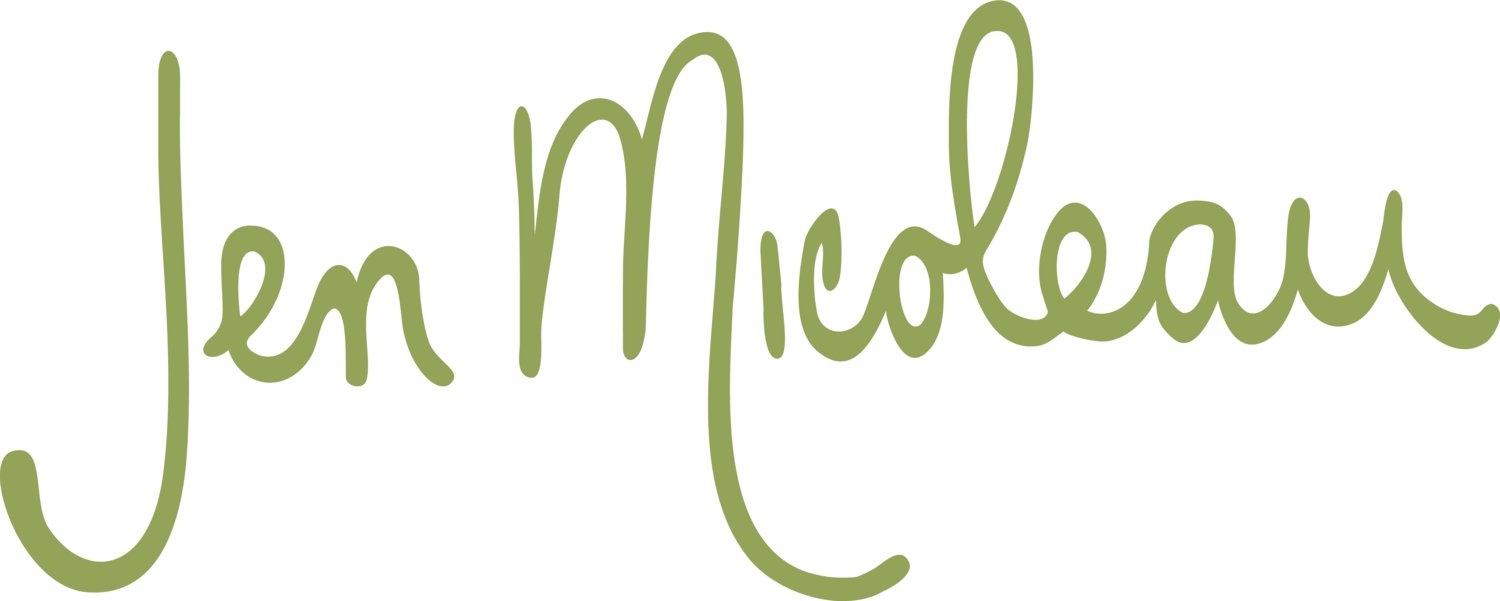Concentration and awareness
Balanced body, mind, spirit
Uniform Muscular Development
Use your WHOLE BODY with every exercise. Pilates does not break down movement into separate pieces (legs one day, arms the next). Each exercise engages each muscle group appropriately for unified development of all muscle groups. For example, when the legs are in motion the arms may be working to stabilize the movement. When the arms are in motion the legs may working to stabilize and support that movement. Other systems in the body are also being uniformly developed from the Circulatory System to the Respiratory System to the Digestive System.
Yoga Sutras
Yoga
uddhiyana bandha
surya namakara
subtle body
shiva
lit. "auspicious," "favorable," "benign," or "benevolent." The yang, or masculine, aspect of divine creative expression, which in yoga is considered to reside at the crown of the head, in the sahasrara chakra. Also, the Destroyer God; the Third Person of the Hindu Trinity, the other two being Brahma and Vishnu.
shanti
shakti
satya
Sanskrit
samsara
samadhi
pranayama
prana
Patanjali
lit. "possessed of reverence." A Saivite Natha siddha who lived sometime between about 200 B.C.E. and 200 C.E., but the exact date is unknown. Patanjali traveled throughout much of India, studying and analyzing what different practitioners and teachers were doing under the name of "yoga" and then codified the ancient yoga philosophy that outlines the path to enlightenment through purification, control, and transcendence of the mind.
namaste
An Indian greeting simply translated "I bow to the divine in you"; from the root words: Namas - bow, reverential salutation (from "Nam" -humbly submitting) Te - to you, acknowledging the divine presence in another. Traditionally said while bringing the palms together at the heart in prayer position and lightly bowing the head and shoulders.
